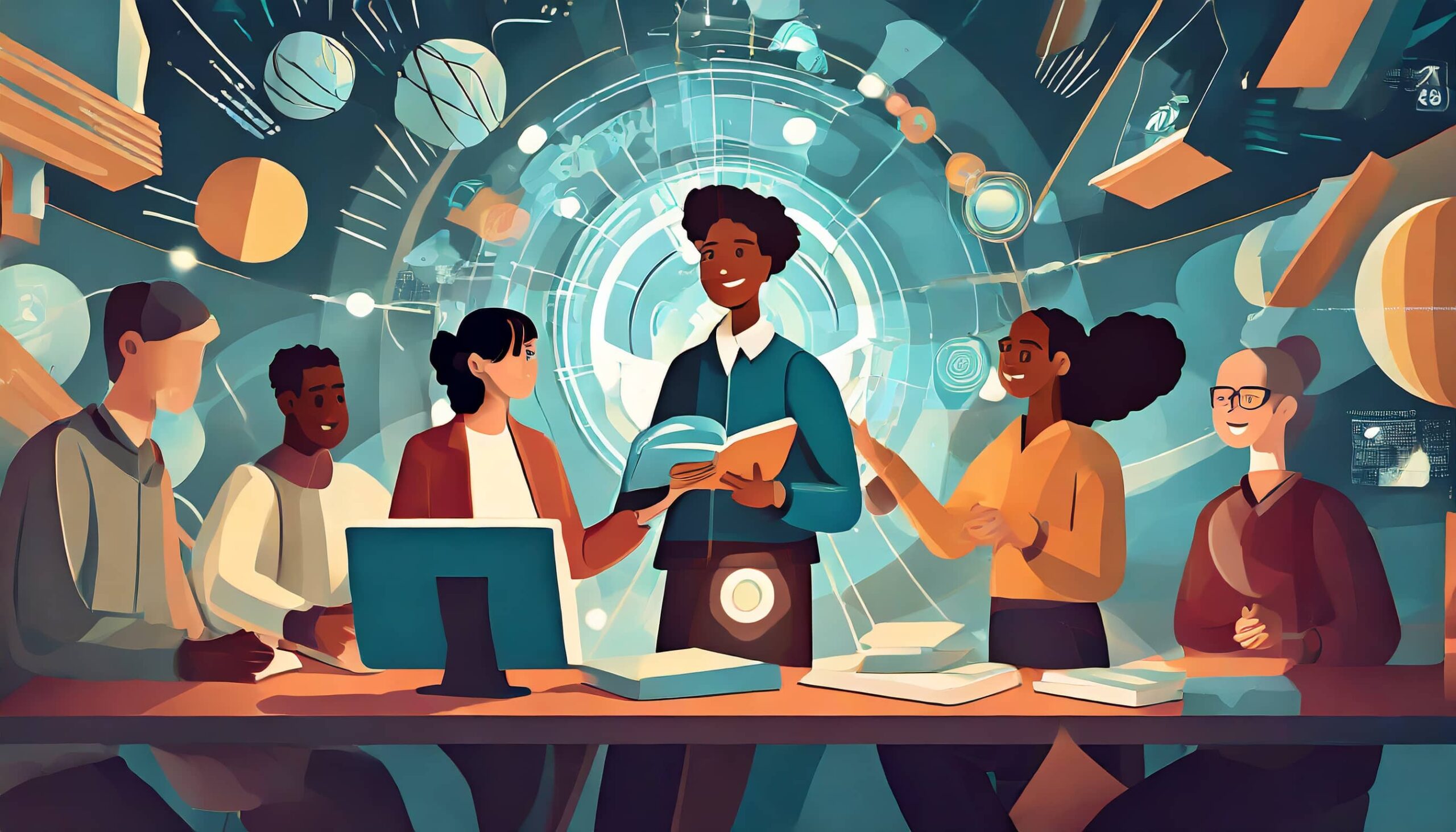As an instructional designer, I understand the dilemma of deciding on a policy regarding the use of AI in our courses. The options presented – either banning AI or allowing it with attribution – seem limiting and don’t fully capture the potential of AI as a valuable tool for instructional designers.
Personally, I believe that banning AI in classes would not be responsible, as AI can greatly enhance the learning experiences we create. Text-based AI, as well as image-based AI tools, have become indispensable in our everyday work as instructional designers. They offer us the ability to generate and manipulate content in ways that were previously time-consuming or even impossible.
From a writer’s perspective, I have found AI to be an incredibly useful tool. For instance, while working on stories from our Going East bike trip, I needed to transform the writing from a joint first/third person perspective into a first person account for a book. Additionally, I had to change the tense from past to present. AI was instrumental in helping me accomplish these tasks efficiently. However, does the use of AI make the text any less mine? Should I now consider citing the AI as a coauthor of my work? If I were to hire an editor, I wouldn’t be required to cite them, so why should I treat AI differently?
Similarly, when creating blog feature images, I often rely on an AI tool like Adobe Firefire. It quickly generates images that meet my requirements, although I don’t explicitly attribute the tool. Should I start citing my AI tools now?

Recently I’ve discovered that Adobe Illustrator has an AI feature where it will generate vector images for you. Either backgrounds or specific images. You can then take those images and edit them to make them what you want. For example, I asked Illustrator to create: “bald woman sitting on a lounge chair wih a small black dog on her lap”. This is one of the images it produced. I can then take that image and edit any part of it. Does that fact that Adobe Illustrator now do text to image mean that I need to start citing my tools? Before I might have used a preconfigured template or free vector image as a starting place. When does the composition become mine?
These questions are particularly relevant when considering what ethical behavior entails in academic studies and instructional design practice. The two contexts have distinct ethical considerations. As instructional designers, we increasingly rely on generative AI tools to create the best learning experiences possible. While I don’t want to stifle my students’ use of these tools, I also want to ensure that they understand how to use them ethically in an academic setting, even if the standards of academic ethics may differ from those in practice.
The use of AI in the instructional design classroom is a complex issue. It requires a thoughtful approach that balances the potential benefits of AI with the need to uphold ethical standards. As educators, we should guide our students in understanding and navigating these ethical considerations, fostering responsible and effective use of AI in their learning journeys.
What do you think? How should I be approaching generative AI in the instructional design classroom?
PS: I asked ChatGPT what would be a good feature image for this blog post, and then I asked it what would be a good prompt to use to generate the image. It suggested “Imagine a dynamic scene where a group of diverse individuals, representing students and educators, are creatively interacting with futuristic AI symbols and tools. The setting should reflect a harmonious blend of traditional and modern educational elements, emphasizing the positive synergy between human innovation and artificial intelligence in the instructional design process.” I took that text and plug it into adobe Firefly to generate the feature image.


Leave a Reply